Sponsored trip!
The event of the year!
In Sweden Midsummer is the happening of the year! Upon asking my Swedish co-workers about midsummer, I was told that for Swedes, this day is just about as special as the National Day and Christmas in Norway, combined! As a result, I was beyond thrilled when I was invited to Dalarna in Sweden by Visit Dalarna and Visit Sweden to attend my first midsummer celebration together with Ingeborg.

In Norway, midsummer barely even marks a day in the calendar, it’s the “longest day of the year”, before we start moving towards winter time. The only event which some people in Norway mark with regards to this is Saint John’s Eve, which is usually celebrated with a fire.

A traditional midsummer in Rättvik
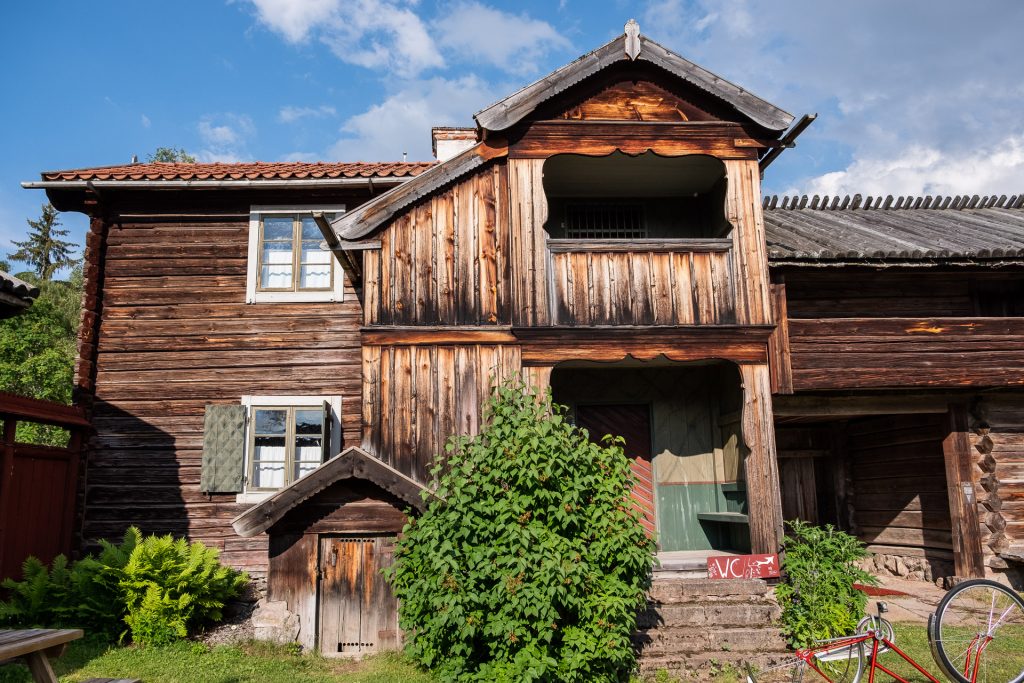
We met up with Svante at Rättviks Gammelgård, a venerable farm with loads of old buildings. All these buildings had been moved there at different times, and even one part of a building did not necessarily come from the same time as the rest of the same building.
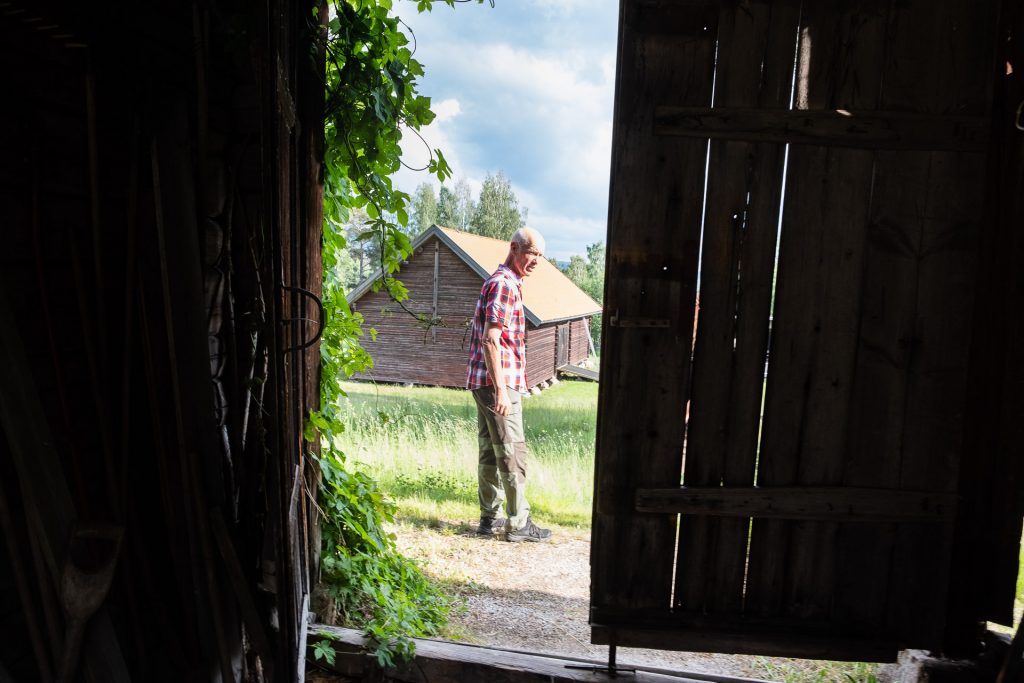
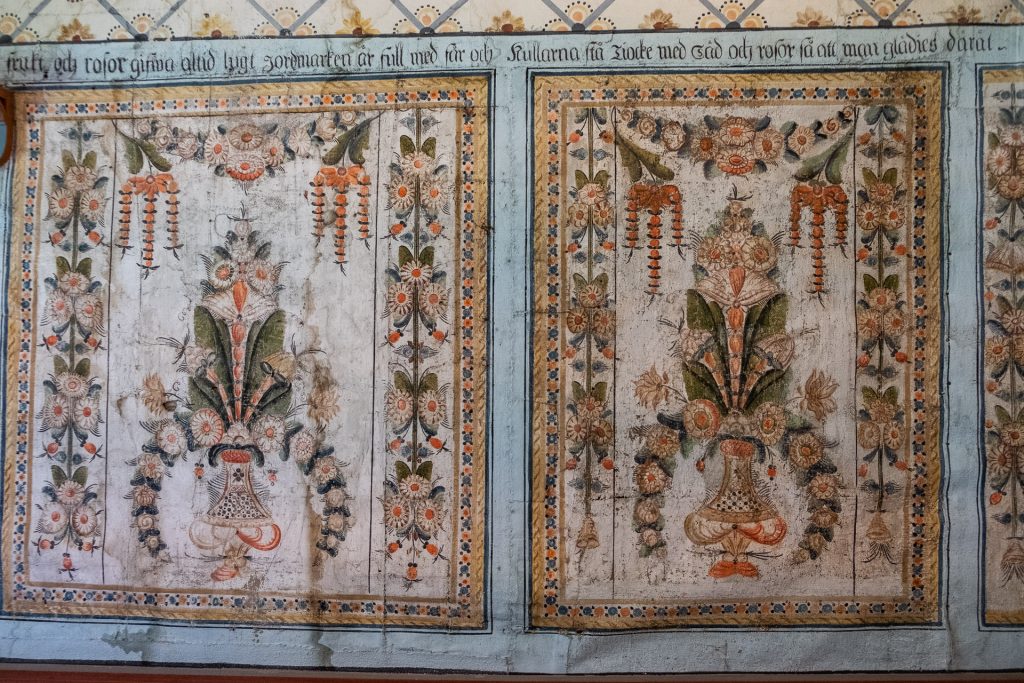
Svante showed us how we could detect differences in a house – where one part might stem from a completely different century than the other. This, Svante told us, was because a person might own a different part of a house, and when person A relocated, he would simply pack down the part of the house he owned, and then rebuild it somewhere else, while person B might still live at the old spot.

During our short tour of the area, Svante also took his time showing us some of the traditional costumes for Rättvik, and for Dalarna (which a lot of people wear for midsummer). While clothing were not worn, they were hung up in the ceiling, allowing both the fabric to get aired out as well as adding beautiful colours to the room. Some parts of these dresses reminded me a bit about our own traditional costume in Norway, bunads, while other parts were a bit different.
We could have easily spent ages admiring the buildings and costumes, but after a short sniff around Svante suddenly walked over to the door, “we have to go prepare the majstång now”!
Majstången

“Majstång?” you might think. What is that, and how does one prepare it?
A May Pole? In June? No, the Majstång has nothing to do with the month of May. “Att maja” (to may?) originally means to add leaves, as decoration. And this is exactly what we did – we quickly joined Svante and the others in order to bind long slinks of leaves together. These are later hung up on majsstången, which suitably symbolizes life and fertility.
Majstången at Rättvik is 19 metres tall, and when it comes to the time of hoisting it up, people quickly gather in front of it, equipped with long sticks.

But before the hoisting, there’s a parade, where people, horses, the leaves, fiddles and all things needed for the celebration walks through the city, until finally everything and everyone is where they need to be.
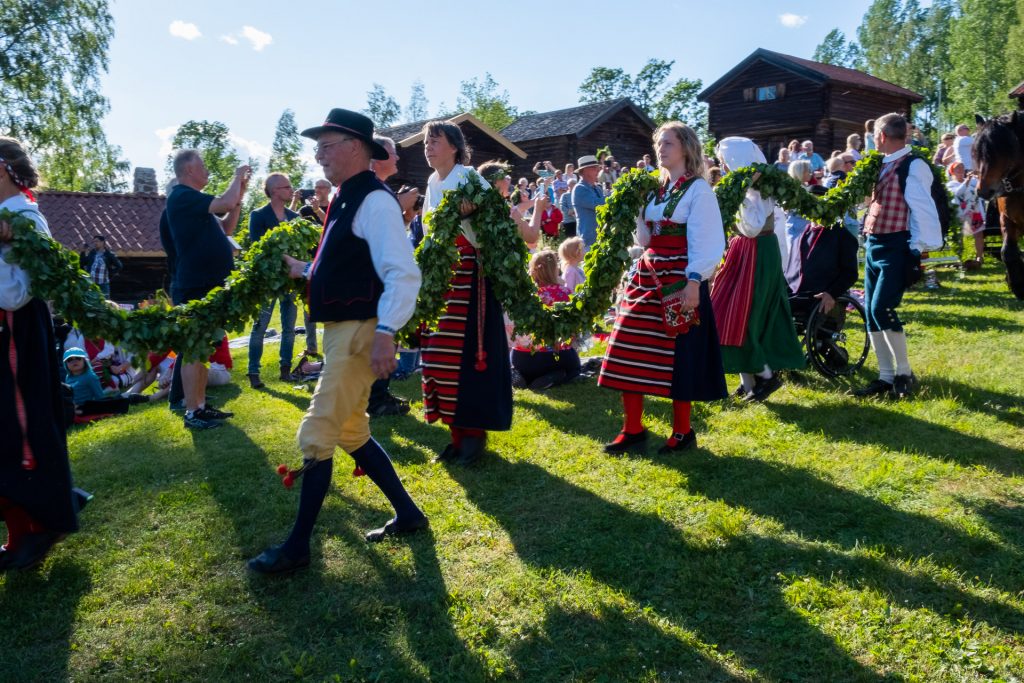

Slowly, ever so slowly, by careful correction, and at the count of “1-2-3 åååheiiiiiihhhh!” the sticks are moved, replaced and moved again in order to get the pole further and further up, until finally it stands up straight.




Celebration time!

This leads to excitement – first comes the cheering, and then it’s time for “Du gamla, du fria”, Sweden’s National Anthem. Then comes the dancing around the pole, with songs and the best kind of dance moves I’ve seen in a long time (all accompanied by lyrics about small birds and frogs).



After a lot of singing and dancing, the official event is done, and everyone goes back to their own places, where the celebration continues. I heard rumours about herring, schnapps and strawberries (hopefully not all in one go!) The pole itself is then left up all until next year’s midsummer, when the old leaves are cleared off to make space for new.

Preparations
The main event of midsummer is celebrated on the Friday the shortest amount of time to summer solstice. Everyone has time off from work/school, and helps with preparations. Leaves must be collected and both the slinks for majstången and for flower crowns must be made.
A lot of different food must be prepared, the costumes must be ready to be worn, and the traditional songs (and dances, let’s not forget the dances) must be rehearsed.
3 days of midsommar
Around in Dalarna, all small places celebrate their own version of Midsommar. Some places celebrate already on the Thursday, while others celebrate Saturday, so there should be no shortage of midsummer arrangements you can participate in if you so wish to. The biggest arrangement in all of Dalarna is celebrated in Leksand, where over 20.000 people usually attends the raising of the majstång (this is about 20-30 minutes drive from Rättvik, where we stayed for our celebration).
A fun fact:
At the end of the midsommar party, the saying is that if you’re not married, you should go out and pick 7 different types of flowers. These you’ll place underneath your pillow, and at night you’ll dream of the person you will marry.
Attending midsummer in Sweden is really a fun and different experience (I think the fellow cheering while getting the majstång up and the crazy synchronized dances were my favourite parts!), which you definitely should try doing at least once (a year?)

About this post
This entry was made after a trip sponsored by Visit Dalarna and Visit Sweden. However, I have not been instructed whatsoever what I should post or write, and all words, experiences and pictures are my own.


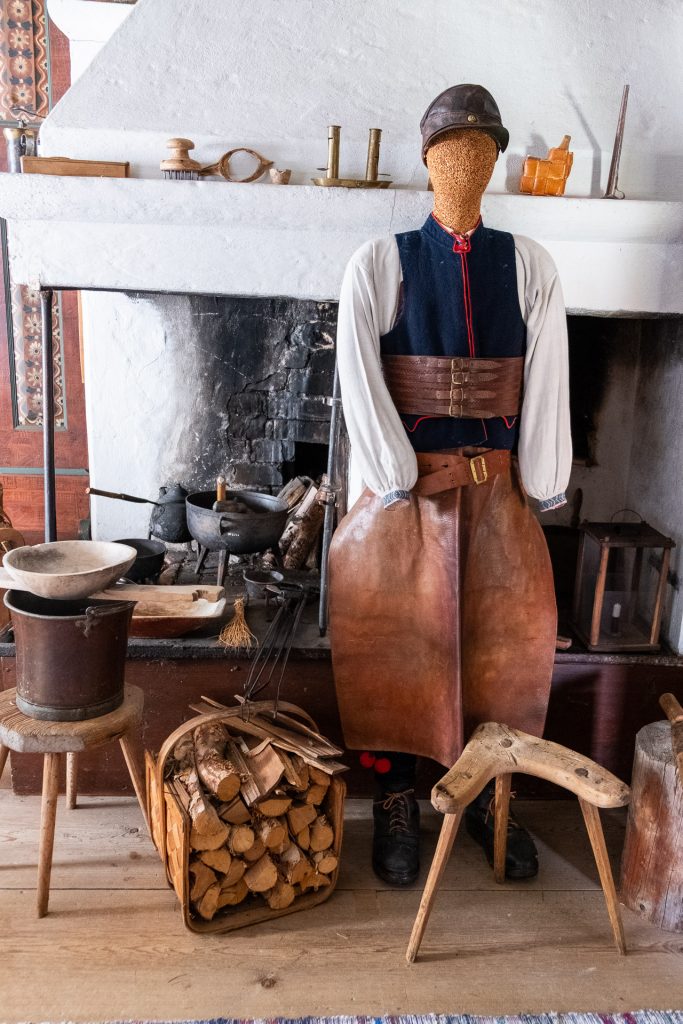





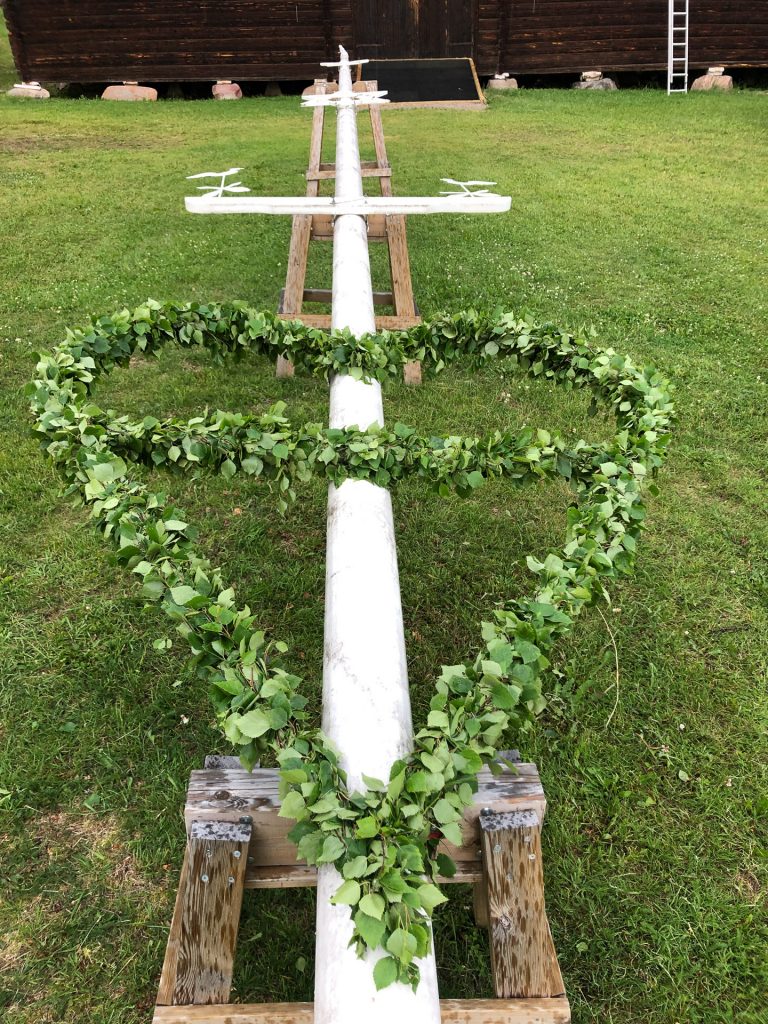





Leave a reply